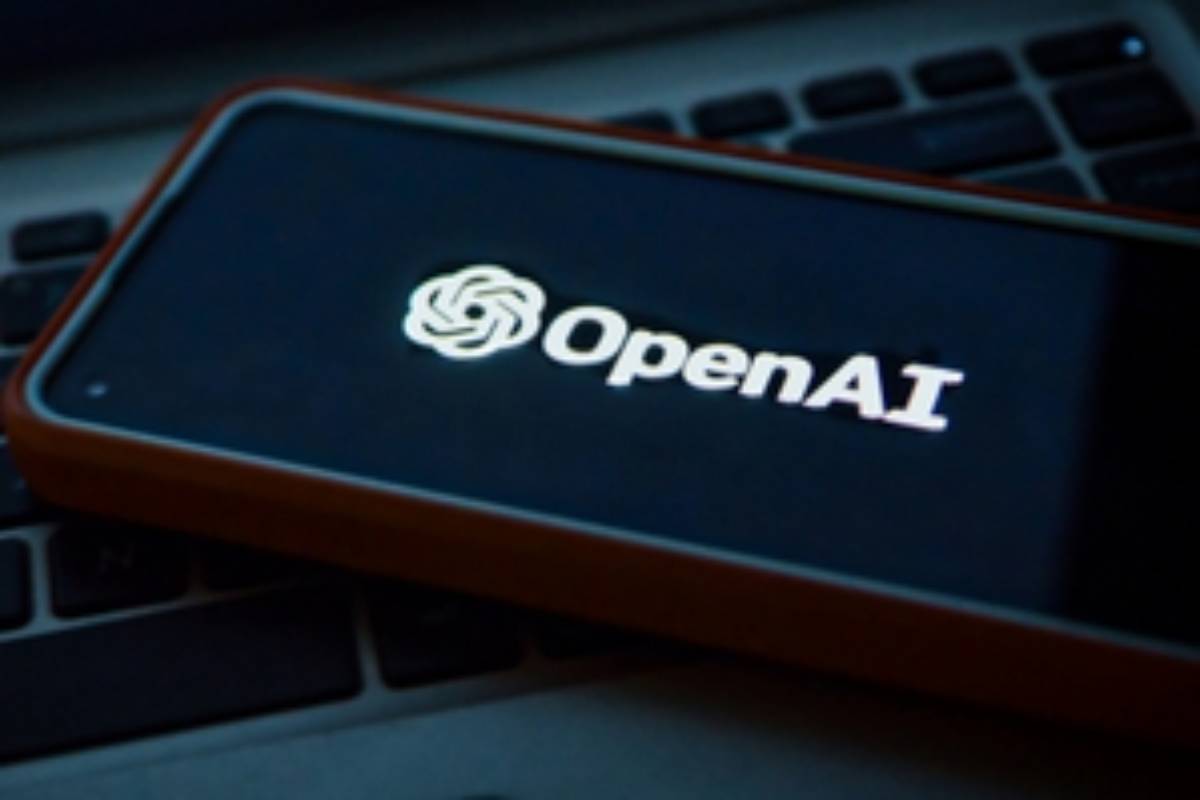How the Ghibli trend is taking over the world one image at a time
As the trend of generating Studio Ghibli style images grips the world, here's a compilation of how users acorss the globe are taking part.
In the evolving field of radiology, where specialised knowledge is essential to interpret diagnostic imaging for various diseases, recent advancements in generative AI models like Chat Generative Pre-trained Transformer (ChatGPT) have shown potential as diagnostic tools.
IANS | New Delhi | August 22, 2024 1:45 pm

[Photo : IANS]
In the evolving field of radiology, where specialised knowledge is essential to interpret diagnostic imaging for various diseases, recent advancements in generative AI models like Chat Generative Pre-trained Transformer (ChatGPT) have shown potential as diagnostic tools.
However, their accuracy requires thorough evaluation for optimal future use.
Advertisement
Dr. Daisuke Horiuchi and Associate Professor Daiju Ueda from Osaka Metropolitan University’s Graduate School of Medicine spearheaded a research team to compare the diagnostic accuracy of ChatGPT with that of radiologists.
Advertisement
The study involved 106 musculoskeletal radiology cases, including patient medical histories, images, and imaging findings.
For the study, case information was input into two versions of the AI model, GPT-4 and GPT-4 with vision (GPT-4V), to generate diagnoses. The same cases were presented to a radiology resident and a board-certified radiologist, who were tasked with determining the diagnoses.
The results revealed that GPT-4 outperformed GPT-4V and matched the diagnostic accuracy of radiology residents. However, ChatGPT’s diagnostic accuracy was found to be subpar compared to that of board-certified radiologists.
Dr. Horiuchi commented on the findings, saying: “While the results of this study indicate that ChatGPT may be useful for diagnostic imaging, its accuracy cannot compare to a board-certified radiologist. Additionally, this study suggests that its performance as a diagnostic tool must be fully understood before it can be used.”
He also emphasised the rapid advancements in generative AI, noting the expectation that it could become an auxiliary tool in diagnostic imaging in the near future.
The study’s findings were published in the journal European Radiology, highlighting the potential and limitations of generative AI in medical diagnostics, and underscoring the need for further research before widespread clinical adoption although it serves the purpose well in this rapidly burgeoning technological age.
Advertisement
As the trend of generating Studio Ghibli style images grips the world, here's a compilation of how users acorss the globe are taking part.
Altman said that while it is “super fun” to see users enjoy the image-generation feature, the heavy usage is putting a strain on their computing resources.
Want to hop on the Ghibli train? Here's all you need to know about how you can use ChatGPT to generate the images.
Advertisement
